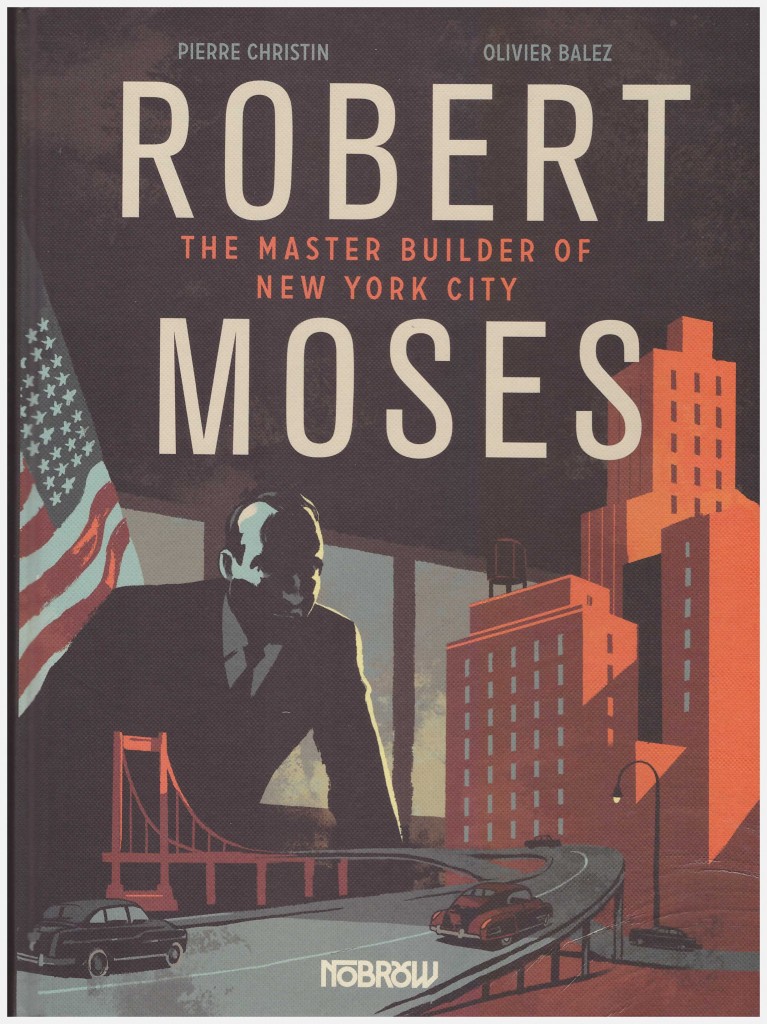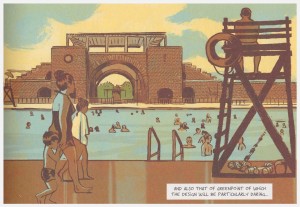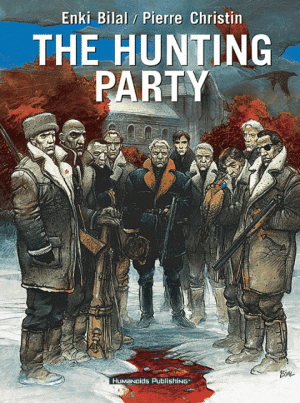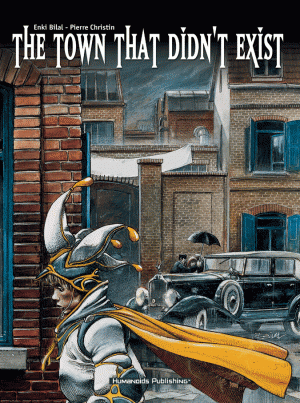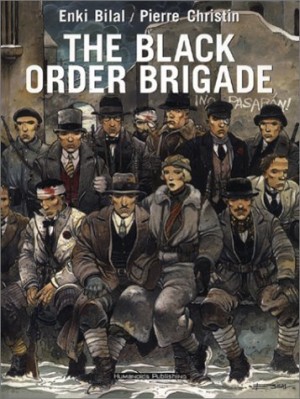Review by Frank Plowright
Robert Moses is man of spectacular achievement whose name sails below the radar of almost anyone not well versed in architecture or civic planning. That’s just in his home country, the USA, never mind the wider world, so it’s odd that it took the vastly experienced French writer Pierre Christin to produce a graphic novel biography.
Many millions of New Yorkers remain unaware of the gratitude they owe Robert Moses, who, as the subtitle has it, is the master builder of New York City. Before transforming the city Moses underwent his own transformation from angry young rich man with ideas into an administrator without peer who for forty years from the early 1920s worked behind the scenes accumulating ever greater influence. It enabled him to force through projects that converted New York into a modern city. The cover represents this with Moses looming over one of the many scale models of New York constructed to demonstrate his ideas.
Christin never shies away from Moses’ divisive character. Bereft of the common touch, his legacy improved the life of the New York’s poor due to his belief in parks, swimming pools and playgrounds, yet he thought nothing of displacing thousands for his freeways to solve congestion problems. His plans became ever more ambitious to drive efficiency, yet he manifested a lifelong contempt of those whom this efficiency was designed to benefit.
There’s a deliberate distancing effect to the narrative, perhaps a device to indicate his powerful isolation or perhaps to avoid committing to his polarising legacy. Beyond his early years Moses is presented as the centre of the world with very few others intruding, which is maybe the way he was. There’s very little in the way of personal interaction to contrast the career. His first wife, shown several times, is never actually named (she was Mary, as was Moses’ second wife) and his smugness and arrogance distances him still further. Ultimately the man who built so many bridges burned many more and died, if not discredited, then certainly circumvented.
The illustrations provided by Olivier Balez are stunning, delivering both the architectural scale and wonder, and the humanity of New York. He colours his art in shade, tans and muted pastels, both aesthetically pleasing and immediately redolent of the past. As a curiosity it’s interesting to see him illustrate some of Moses’ later plans, ones so controversial they never came to fruition, yet supplied here to display how they might have changed the city.
As with all Nobrow Press publications, this is a beautifully designed book. It’s a sleeveless hardcover, that before starting the biography proper, provides illustrated endpapers presenting a city map highlighting Moses’ achievements.
This is very dry work, yet cultured and informative. Is it for everyone? Probably not.
